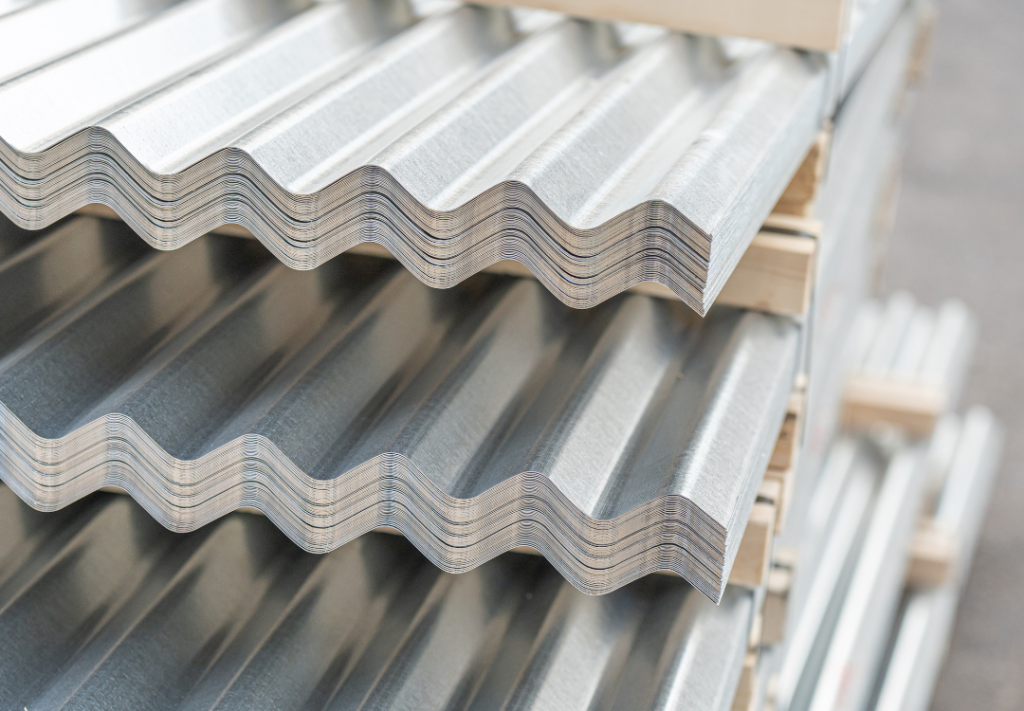Selecting the right roofing material for your home or business is one of the most important decisions you’ll make as a property owner. Your roof plays a crucial role in protecting your building from the elements and contributing to the overall aesthetic appeal of your property. In 2025, there are more roofing options available than ever before, from traditional asphalt shingles to innovative green roofs and solar tiles. This blog will help you navigate through the many choices, considering factors like durability, cost, energy efficiency, and environmental impact, to make the best decision for your property.
Common Roofing Materials in 2025
Asphalt Shingles Asphalt shingles remain one of the most popular and cost-effective roofing materials, accounting for nearly 80% of residential roofing installations in the U.S. They are affordable, easy to install, and come in various colors and styles to complement any home. However, they typically have a lifespan of around 15 to 20 years, and they may require more frequent maintenance compared to other materials.
Metal Roofing Metal roofing has gained significant popularity in recent years due to its durability and energy efficiency. Made from materials like aluminum, steel, or copper, metal roofs are long-lasting and can withstand harsh weather conditions, including high winds and heavy snowfall. With a lifespan of 40 to 70 years, metal roofs are an excellent investment for those looking for longevity. Additionally, they reflect sunlight, which can help reduce cooling costs by up to 25%.
Clay and Concrete Tiles Clay and concrete tiles are known for their beauty and durability. These roofing materials are highly resistant to fire, pests, and severe weather, making them an excellent choice for properties in areas prone to extreme conditions. With proper care, they can last up to 100 years. However, they tend to be heavier and may require additional structural support.
Wood Shingles and Shakes Wood shingles and shakes offer a natural, rustic appearance and are often chosen for aesthetic reasons. They are typically made from cedar, redwood, or pine and can last anywhere from 30 to 50 years with proper maintenance. However, wood roofs require regular treatments to prevent mold, rot, and insect damage. Wood shingles and shakes are also more expensive than asphalt shingles.
Green Roofs Green roofs, also known as living roofs, are gaining popularity due to their environmental benefits. These roofs are covered with vegetation, which helps to improve air quality, reduce stormwater runoff, and provide insulation. Green roofs can be a sustainable choice for environmentally-conscious property owners, though they require more maintenance and can be costly to install.
Solar Tiles Solar tiles are an innovative roofing solution that integrates solar panels into the roofing material itself. These tiles convert sunlight into energy, helping to reduce electricity bills and lower a property’s carbon footprint. While solar tiles have a higher upfront cost, they provide long-term energy savings and can increase the value of your property. In 2025, solar roofing technology is becoming more efficient, making it an attractive option for those looking to go green.
Factors to Consider When Choosing Roofing Materials
Climate and Weather Conditions The climate where you live plays a critical role in determining which roofing material is best for your property. For example, if you live in an area prone to high winds, metal roofing may be the best choice due to its strength and resistance to wind damage. For homes in hot climates, materials like clay tiles or metal roofing that reflect sunlight can help keep the building cool.
Cost While upfront costs vary widely depending on the material, it’s important to consider the long-term costs, including maintenance, repairs, and energy efficiency. For example, although metal roofing is more expensive initially, it can save you money over time due to its durability and energy efficiency.
Energy Efficiency As energy efficiency becomes increasingly important, more property owners are choosing roofing materials that help reduce heating and cooling costs. Metal roofs, clay tiles, and even some types of asphalt shingles are available with reflective coatings that can improve the energy efficiency of your home or business.
Aesthetic Appeal Your roof is a visible part of your home or business, so choosing a material that complements the architectural style is crucial. Materials like wood shakes and clay tiles offer a distinctive look, while metal and asphalt shingles come in various colors and styles to suit any aesthetic preference.
Environmental Impact For environmentally-conscious property owners, eco-friendly roofing options such as green roofs or solar tiles can significantly reduce your building’s environmental footprint. These options not only help conserve energy but also contribute to sustainability by utilizing renewable resources.
Statistics on Roofing Material Trends
According to Statista, the U.S. roofing materials market is expected to reach $26.2 billion by 2025, driven in part by the growing demand for energy-efficient and sustainable roofing solutions.
A 2023 report by the National Association of Home Builders (NAHB) found that 60% of homeowners prefer roofing materials with high energy efficiency ratings.
Research by Energy Star has shown that reflective roofing materials, such as cool metal roofs, can lower cooling costs by up to 20%.
Conclusion
Choosing the right roofing material in 2025 involves balancing factors like durability, energy efficiency, cost, and aesthetic appeal. Whether you opt for the affordability and simplicity of asphalt shingles, the longevity of metal roofing, or the eco-friendly benefits of solar tiles or green roofs, there are plenty of options to suit your needs. By understanding the advantages and disadvantages of each material, you can make a well-informed decision that ensures your roof will protect your property for years to come.
Suggestions
Consult a Professional: Before making a decision, it’s advisable to consult a professional roofing contractor who can assess your specific needs based on your property’s location, climate, and budget.
Consider Long-Term Savings: While some roofing materials may have a higher upfront cost, consider the long-term savings in terms of energy efficiency and maintenance.
Invest in Eco-Friendly Options: If sustainability is important to you, explore green roofs or solar tiles as an option for reducing your environmental impact.

